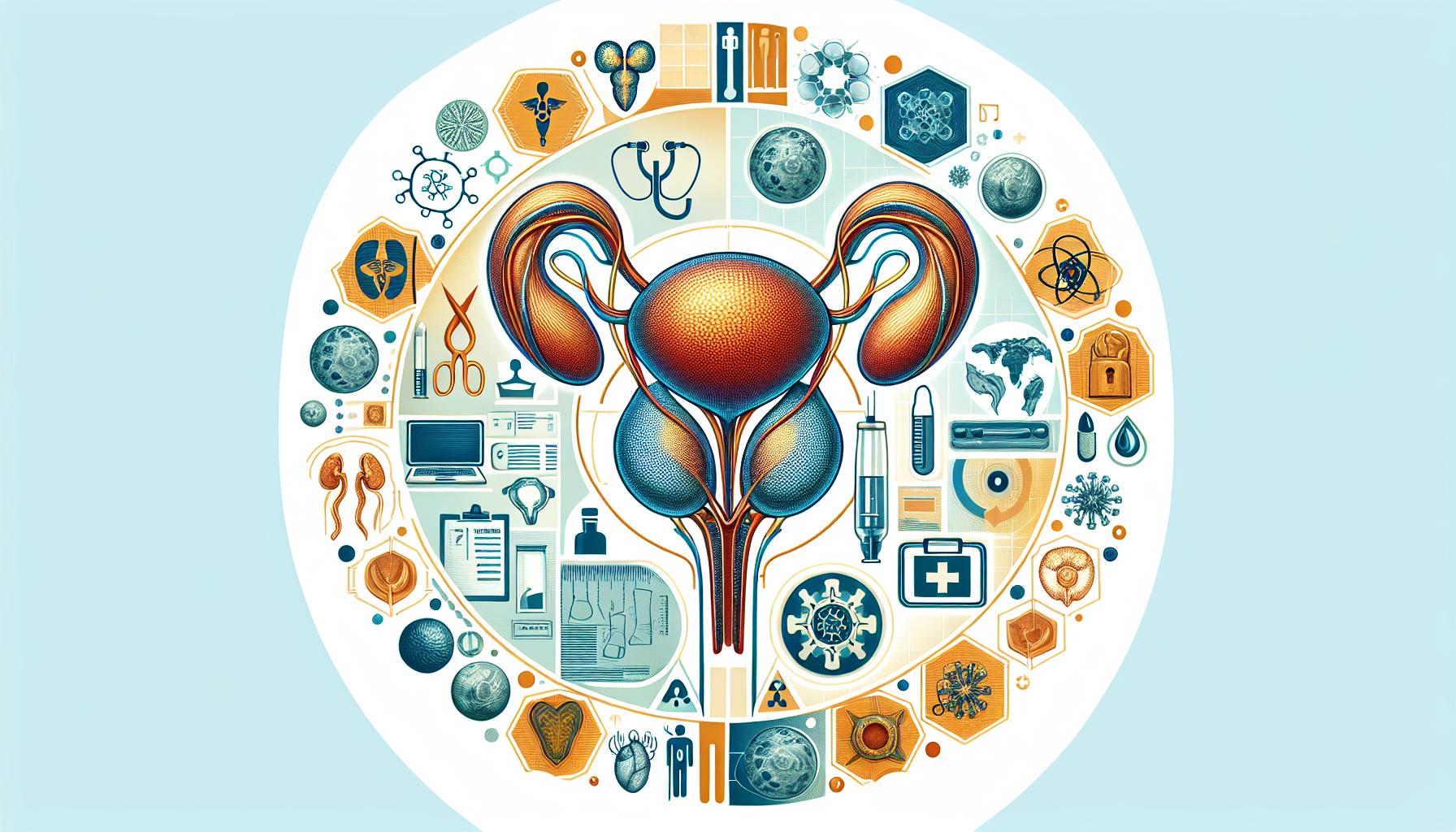
Introduction to Prostate Cancer Surgery
The question often asked by individuals diagnosed with prostate cancer is, “When is surgery needed for prostate cancer?” Here’s a simplified answer: Prostate surgery is typically recommended when the disease is isolated to the prostate and hasn’t metastasized to other parts of the body. This article will delve deeper into various factors that affect the decision for surgical intervention, including the stage and grade of the disease, patient’s general health, and personal preferences.
Navigating the Landscape of Prostate Cancer
Prostate cancer, a disease impacting a large number of men around the world, presents a mixed bag of challenges. From detecting the growth at an early stage to choosing the best course of action, it’s a path paved with uncertainties and tough decisions. However, having a firm grasp of the basics can be a lifeline in navigating this terrain.
Understanding the Stage and Grade of the Disease
The stage and grade of prostate cancer are key determinants in whether surgery is necessary. Early-stage cancer confined within the prostate may be addressed with surgery, whilst advanced cases with spread beyond the prostate may necessitate different treatments.
Unraveling the Surgical Options
Surgery for prostate cancer isn’t a one-size-fits-all solution. Several options exist, each with its own pros and cons. The decision as to which surgical approach to undertake weighs heavily on factors such as the patient’s current health status, age, and the anticipated benefits and risks.
Types of Surgery for Prostate Cancer
Among the surgical interventions for prostate cancer are radical prostatectomy (removing the entire prostate gland) and transurethral resection of the prostate (TURP). While radical prostatectomy is a common course for localized cancer, TURP is typically reserved for cases where cancer growth causes uncomfortable urinary symptoms.
Deciphering the Indicators for Surgery
Indications for surgical intervention aren’t cut and dried. The decision for surgery hinges heavily on risk stratification — that is, assessing the potential for disease progression based on various risk factors. This assessment helps to decide if ‘watchful waiting’ or active surveillance would be a better fit, or surgery is needed pronto.
Contrasting Active Surveillance with Need for Surgery
Active surveillance, a conservative management strategy, is often employed for low-risk, slow-growing tumors. It involves frequent monitoring and delay in treatment until there is a sign of disease progression. However, a more aggressive or high-risk tumor often prompts the need for a swift surgical approach.
Living with the Aftermath of Surgery
Life after prostate surgery can come with its own set of challenges. Issues such as urinary incontinence and sexual dysfunction are common. It’s crucial to weigh these potential post-surgical complications when considering surgery as the best course of action.
Conclusion
In conclusion, the decision as to when surgery is needed for prostate cancer is guided by a constellation of factors, including the cancer stage and grade, individual’s health status, potential post-surgical complications, and personal choice. An informed discussion with your healthcare professional is the best way to navigate this complex decision-making process.
Frequently Asked Questions
1. Is surgery always necessary for prostate cancer? No, surgery isn’t always necessary for prostate cancer. The decision depends on various factors including stage and grade of the disease, health status of the patient, and personal preferences.
2. What types of surgery are available for prostate cancer? The most common types of surgery for prostate cancer are radical prostatectomy, which involves removal of the entire prostate gland, and transurethral resection of the prostate (TURP), used mainly to relieve urinary symptoms.
3. What is active surveillance? Active surveillance is a conservative approach where low-risk, slow-growing tumors are monitored frequently without immediate treatment. Treatment is initiated when there is a sign of disease progression.
4. What are the potential complications of prostate cancer surgery? Potential complications of prostate cancer surgery include urinary incontinence and sexual dysfunction. It’s important to discuss these potential risks with your healthcare provider.
5. Is prostate cancer surgery successful? The success of prostate cancer surgery depends on many factors such as the stage and grade of cancer, overall health of the patient, and the surgical approach used. It’s important to discuss expectations and potential outcomes with your doctor.


